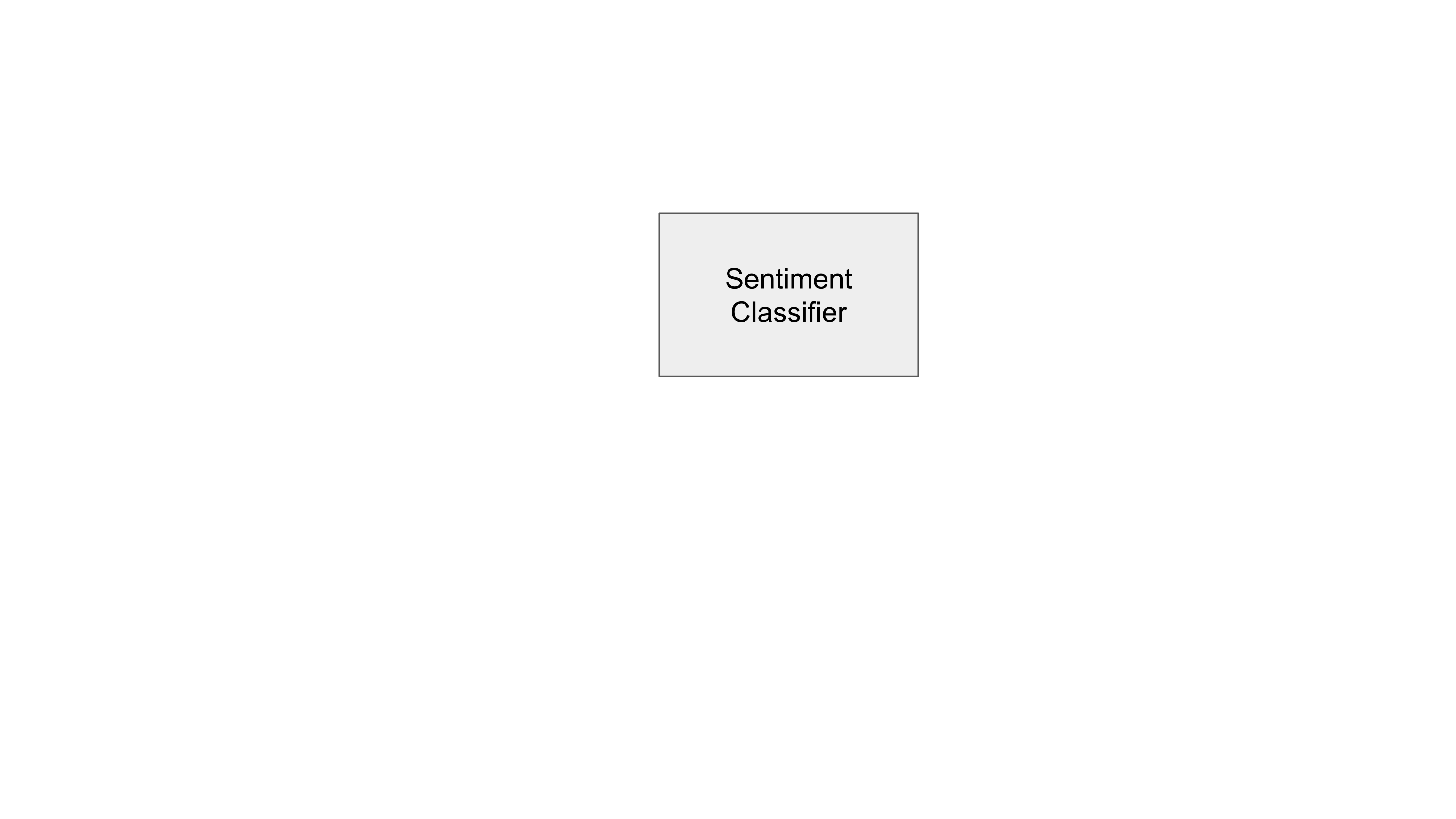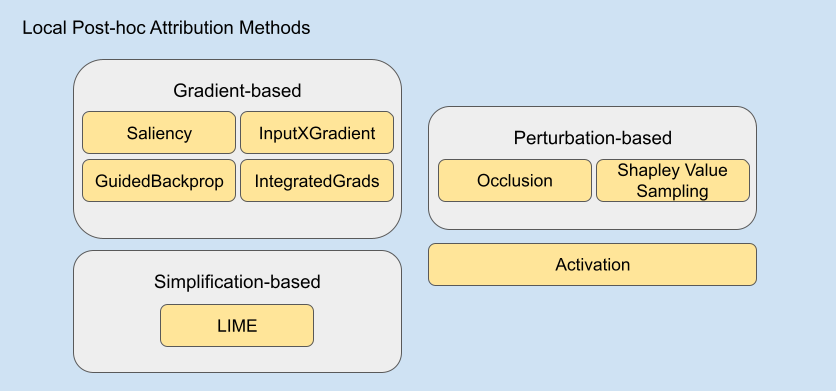Background
Attribution Methods
One way to interpret black-box neural models is to use attribution methods.
Assuming we have a sentiment classifier for movie reviews. Attribution methods provide us the knowledge of which part of the input is how much important for the particular decision of the classifier for that input.

In this study, we examine local post-hoc attribution methods which provide explanations of the model’s output for a particular input by applying additional operations to the model’s prediction.
They can be grouped under 3 categories: gradient-based methods that manipulate the gradient of the output with respect to input to produce importance scores; perturbation-based methods that considers the change in prediction scores after perturbing input in different ways to produce importance scores; and simplification-based ones that use simpler models trained on the local neighborhood of the input.
Apart from these 3 categories, we also cover a simpler attribution method called Activation which utilizes hidden layer activations to obtain importance scores.
The following figure shows the methods we covered in this study.

Evaluating Attribution Methods
Plausibility
Plausibility is the measure of how much explanations align with human reasoning.
Faithfulness
Faithfulness is a measure of how much the explanation overlaps with the model’s inner reasoning mechanism.
Although there are different ways to measure the faithfulness of explanations and explanation methods, erasure-based approaches are pretty popular. We can think of such a naive erasure-based approach: let’s assume our movie review has importance scores assigned by a particular attribution method. If the words with high scores are really important for the specific decision of the classifier, then the classifier’s choice should tend to change when some of the most important words are removed. Then we can quantify the faithfulness of the explanation method by looking at the change in decision or confidence of the classifier when important tokens are removed.